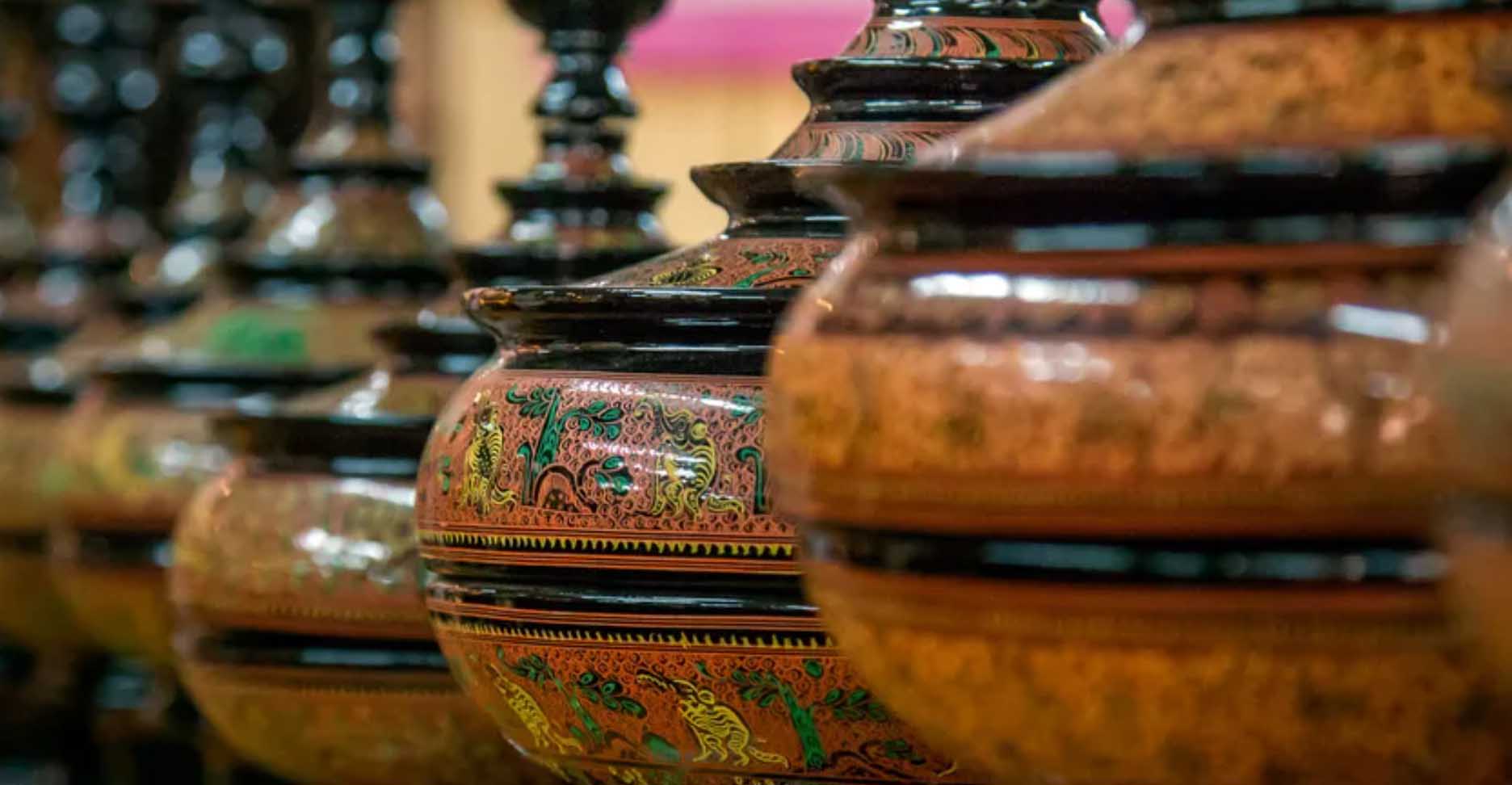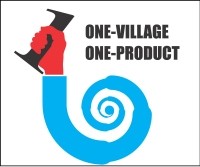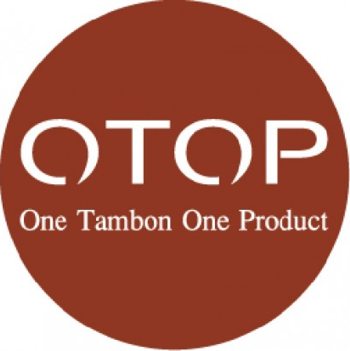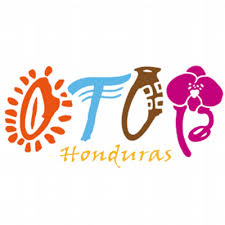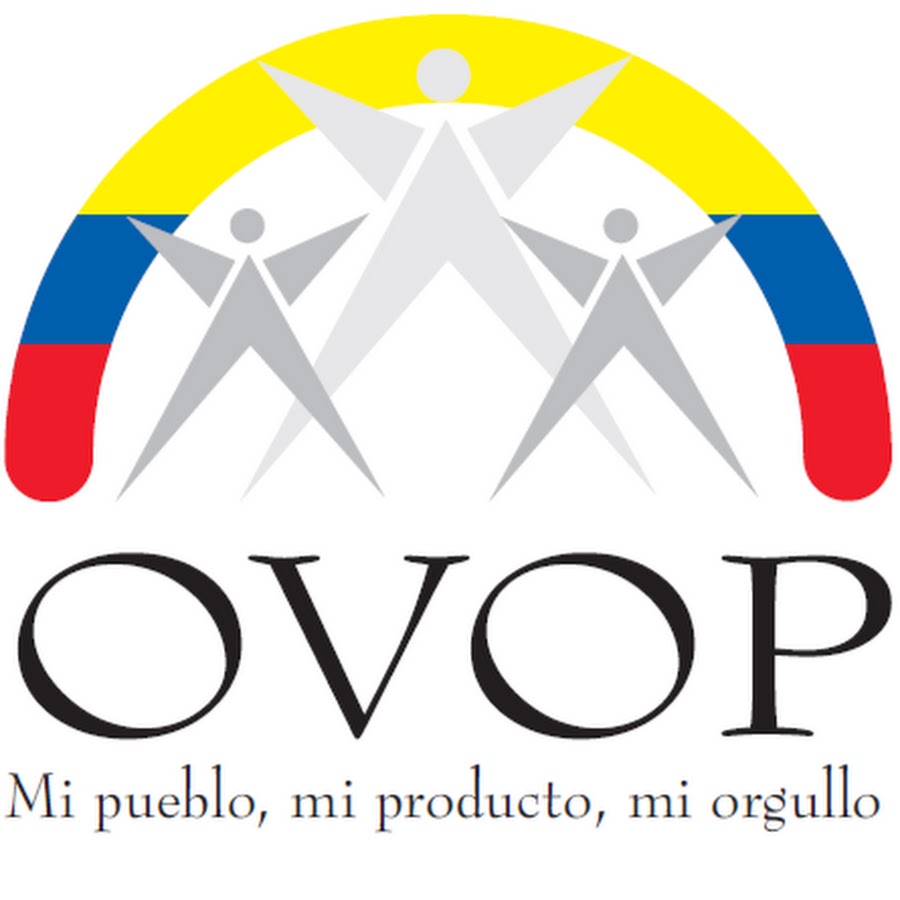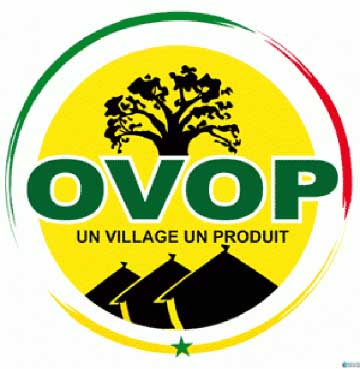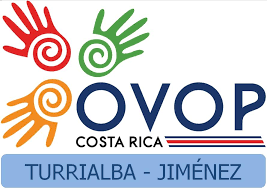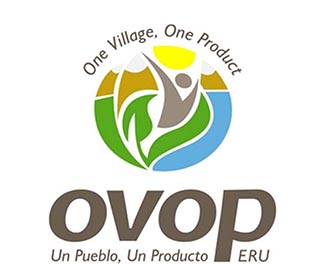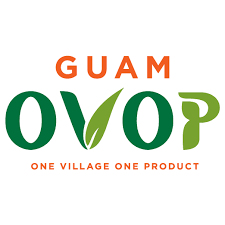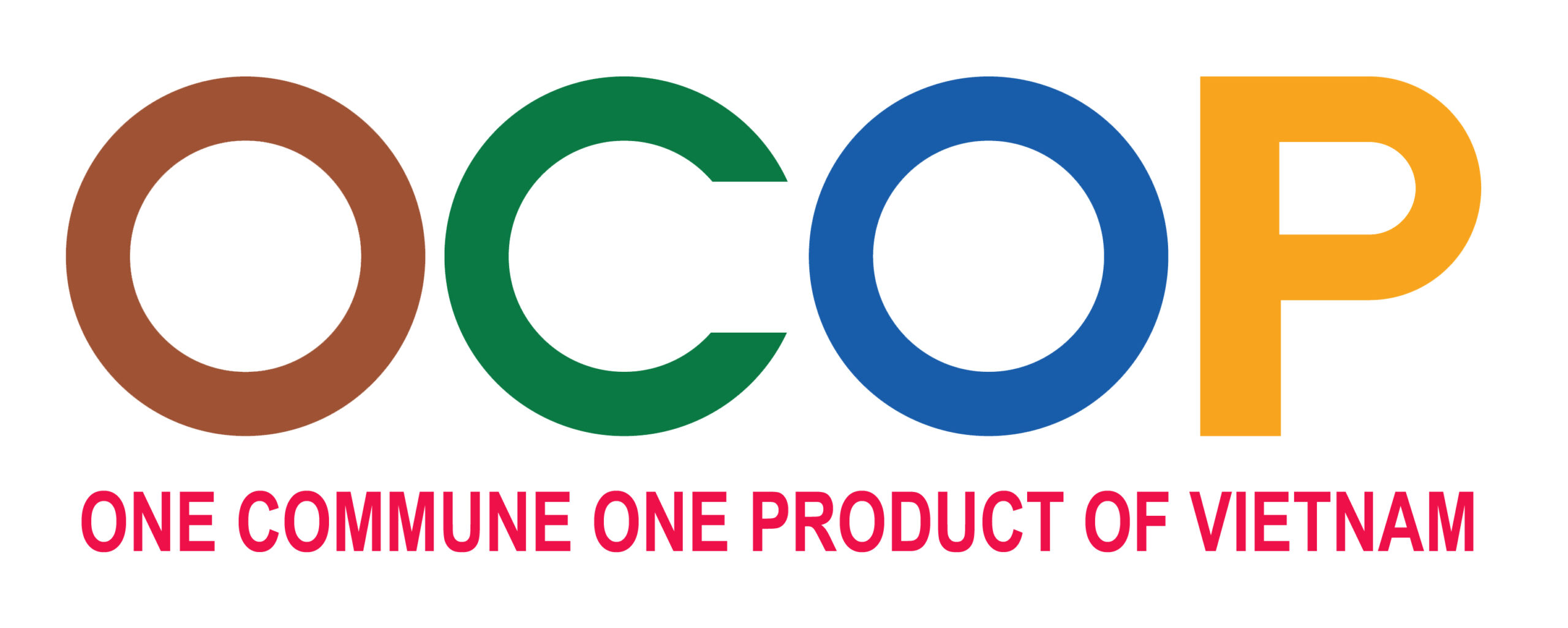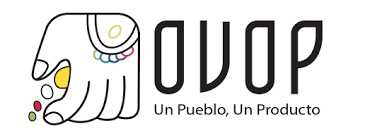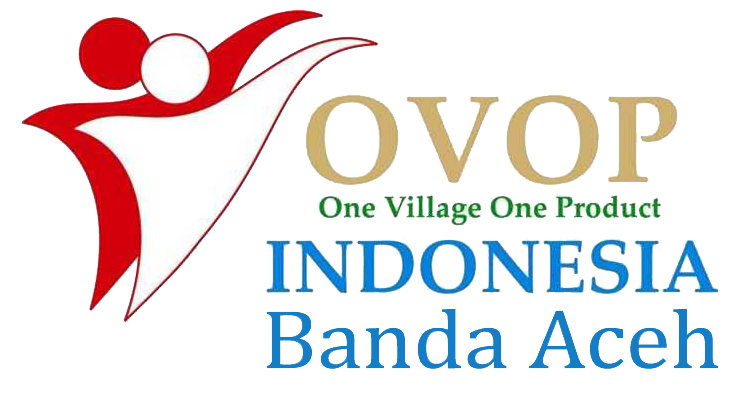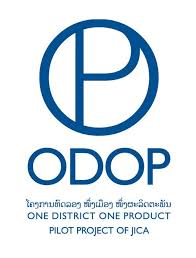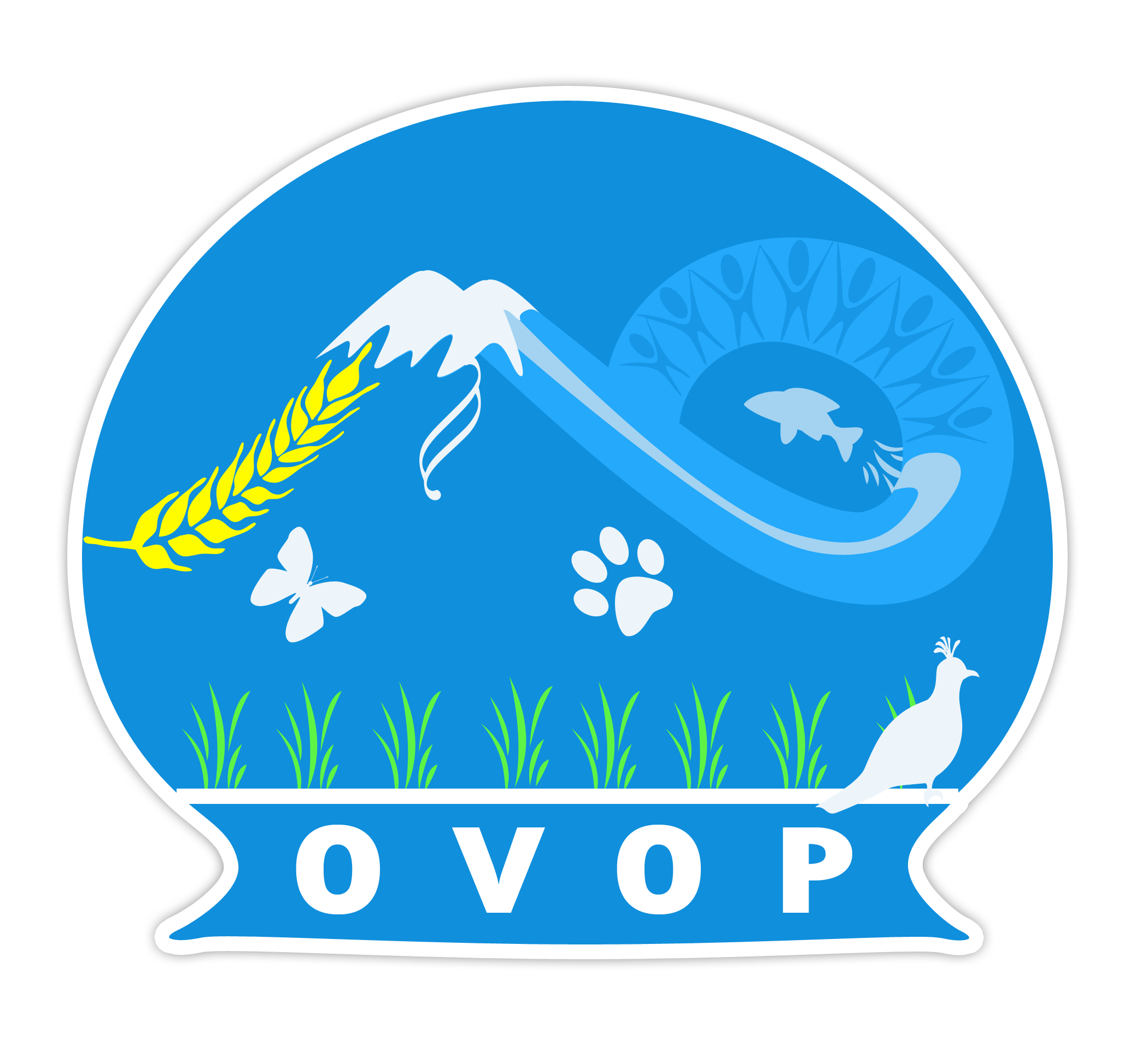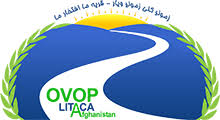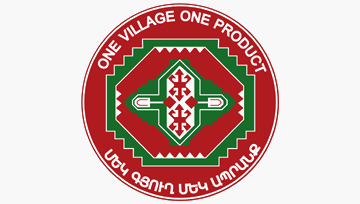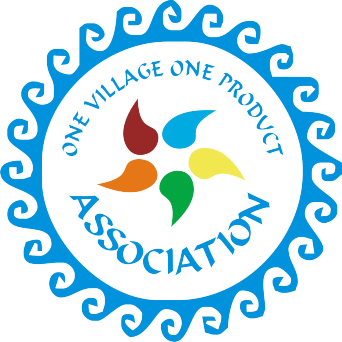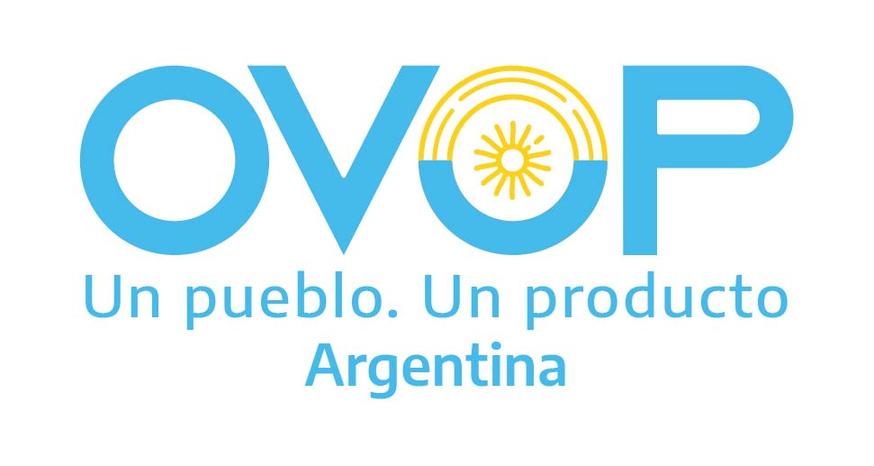Myanmar Lacquerware has a very unique style and a long tradition dating back to the 13th Century and existing mainly at Bagan in central Myanmar. Bagan is the major center for the lacquerware industry where the handicraft is still practiced in the traditional manner. The government school of Lacquerware was founded in the 1920s. Since plastics, porcelain and metal have superseded lacquer in most everyday utensils, it is today manufactured in large workshops mainly for tourists who come to see the ancient temples of Bagan.
Lacquer in Myanmar is called “Thitsi” meaning the sap of a Thitsi Tree (Melanhorrea Usitata), which is native to Southeast Asia. In China and Japan, the tree from which laquer is tapped is a different species “Rhus Vernicifera”. In Myanmar, the Thitsi tree grows wild in the Shan State and hilly regions. The resin of this tree has been extracted and used for coating and varnishing by Myanmar folks since the beginning.
Bamboo and wood are used asa frame or base in making laquerwork and are readily and cheaply available around the Bagan area. Depending on the process and material used in the manufacturing process the Lacquerware it can be listed as Plain Lacquerware, Incised Lacquerware, Gilt Lacquerware and Glass mosaic and gilt Lacquerware.
Lacquerware are decorated with Burmese floral designs depicting Buddha’s Life or are gilded in gold. Myanmar Lacquerware is widely used as kitchen ware, jewelry boxes souvenirs, home decorations and petitions.






